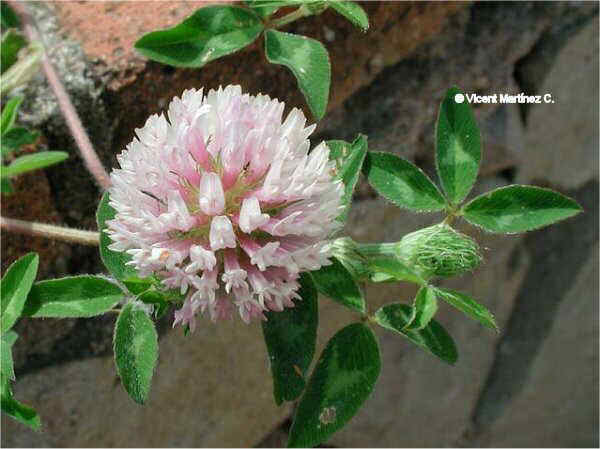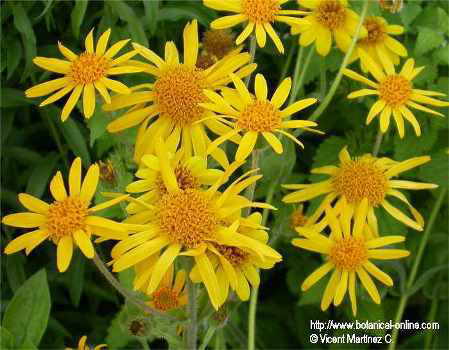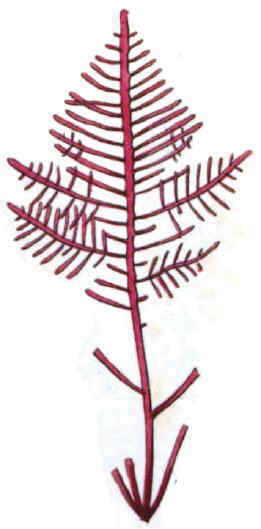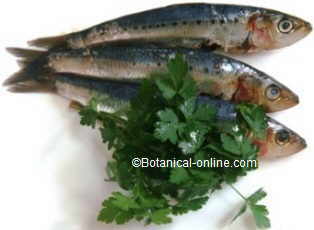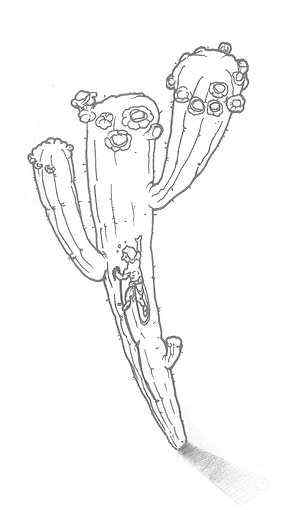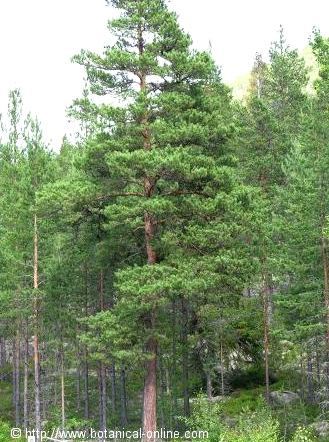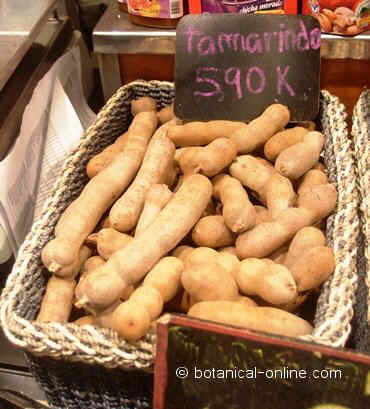Contents
Characteristics of fennel (Foeniculum vulgare)
What is a fennel?
Common English noun: Fennel, Sweet fennel, Roman fennel
A noun derived from the Middle English fenel or fenyl, which in turn derives from Old English fenol or finol , from Latin feniculum or foeniculum, from Latin Feneculum
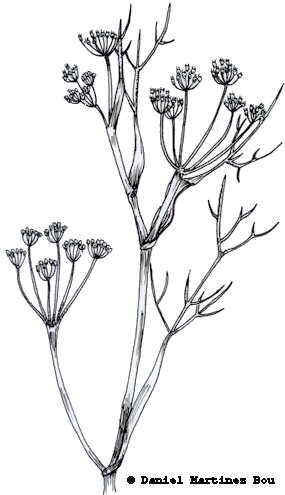
Scientific noun: Foeniculum vulgare Miller.
*See: Fennel in other languages
Etymology: There are two possibilities:
- From Latin “Feneculum“, a diminutive of “Fenum”, meaning ” hay” or “grass”
- From Latin “Genuculum” a diminutive of “Genu”, meaning ” knee”
Family: Carrot family- Umbelliferae or Apiaceae
Habitat: Where to find fennel?
By the side of the roads, paths, fields or near the sea. It can be found as a cultivated plant (See: Cultivation of fennel)
Characteristics of Fennel plant
Scented plant of the Carrot family – Umbelliferae – up to 250 cm.
Erect, hairless grooved stems.
Compound leaves, green-grayish, triangular shaped, with numerous filiform leaflets.
Yellow flowers, in umbels till 8 cm wide, without bracts or bracteoles.
Dry ovoid fruit, keeled. (schizocarp)
Picking-up and storing fennel
The leaves and floral tops should be picked up in summer.
The fruits before they mature completely and the roots in autumn. They will be dried off in the shade be kept in hermetic glass recipients.
The roots will be dried off in the sun and conserved in cloth sacks.
Composition: Active components of fennel
The main components are in the fruits., well-known commonly as seeds. We could mention the following ones:
- Amino acids: Alanine(it increases the defenses of the immune system); arginine (Very necessary for the muscular growth and mending of the body tissues); histidine(vasodilator and gastric juice stimulative.To fight against the anemia, the arthritis and very useful for the ulcers) Aspartic acid (Amino acid very interesting in the expulsion of ammonia); Glutamic acid (anti-ulcerous, tonic.. It increases the mental capacity)
- Essential oil (2-6%): Very rich in trans and cis anethole (70%), estragol (10%), fenchone (7%, widely used in perfumery), alpha-pinene, myrcene, phelandrene, camphene, limonene, beta-sitosterol, eucalyptol
- Coumarins (root)
- Vitamin C); ; linoleic (Vitamin F)
- Fats
- Fibers
- Minerals: Calcium, cobalt, iron, magnesium,etc.
![]() More information on fennel
More information on fennel

